Effective Water Treatment Solutions
Spring and fall are optimal times for comprehensive water treatments to prepare for seasonal changes and high usage periods.
Performing treatments before the colder months helps prevent pipe freezing and water line issues.
After high-demand seasons, treatments can address buildup and residual contaminants.
Regular testing and treatments should align with water quality fluctuations throughout the year.
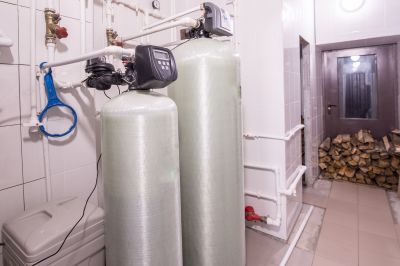
Ways to make Water Treatments work in tight or awkward layouts.
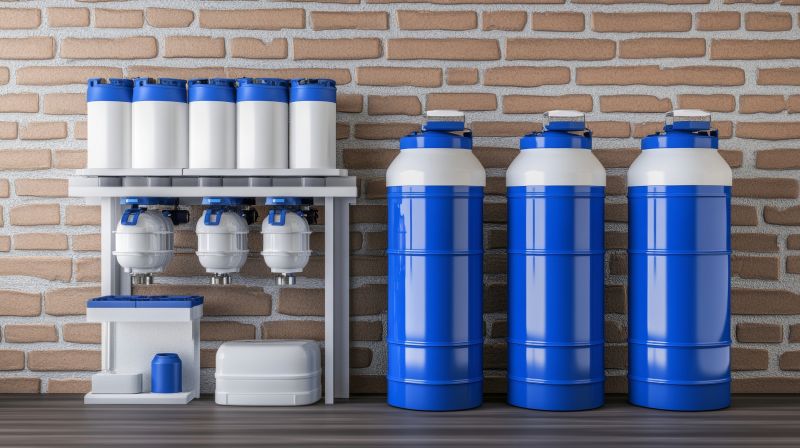
Popular materials for Water Treatments and why they hold up over time.
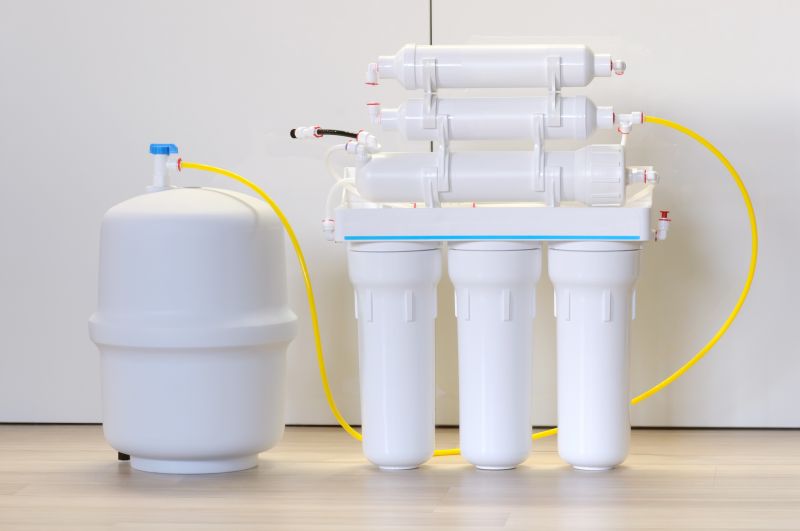
Simple add-ons that improve Water Treatments without blowing the budget.

High-end options that actually feel worth it for Water Treatments.
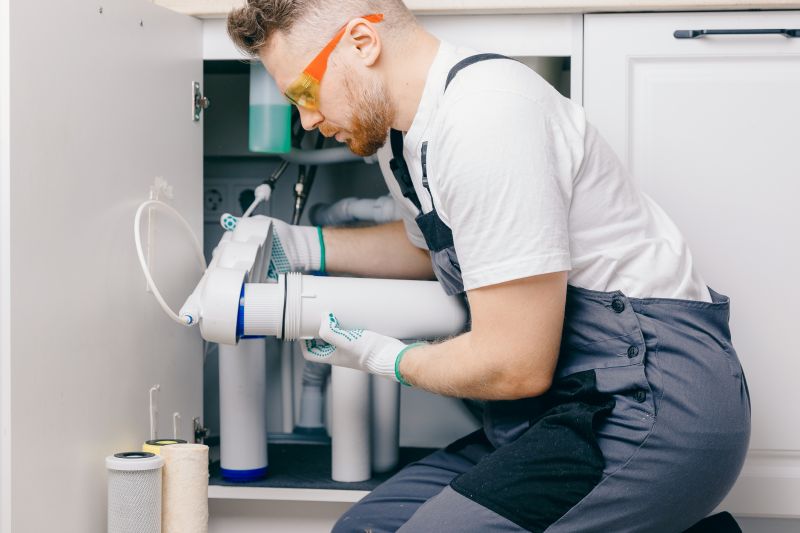
Finishes and colors that play nicely with Water Treatments.

Little measurements that prevent headaches on Water Treatments day.
Water treatments involve processes such as filtration, chemical injection, and disinfection to ensure water safety and quality. These treatments are crucial in removing contaminants, controlling mineral buildup, and preventing microbial growth. Statistics indicate that regular water treatments can reduce the risk of waterborne illnesses and improve water clarity and taste. Proper timing and frequency of treatments depend on water source quality, usage levels, and system size.

A 60-second routine that keeps Water Treatments looking new.
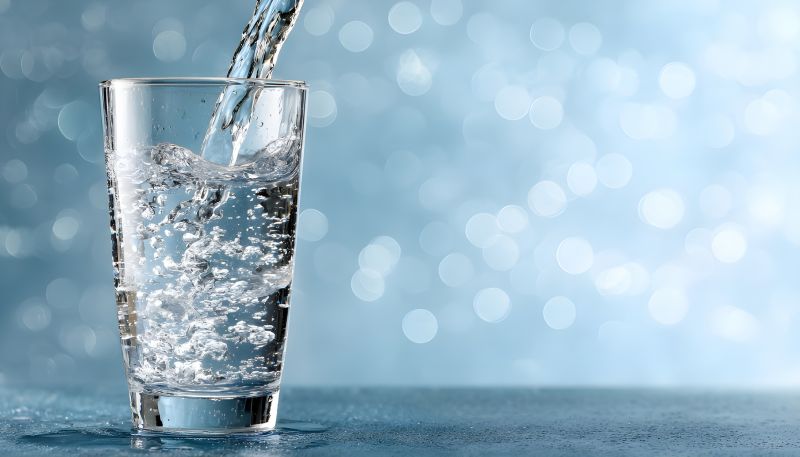
A frequent mistake in Water Treatments and how to dodge it.
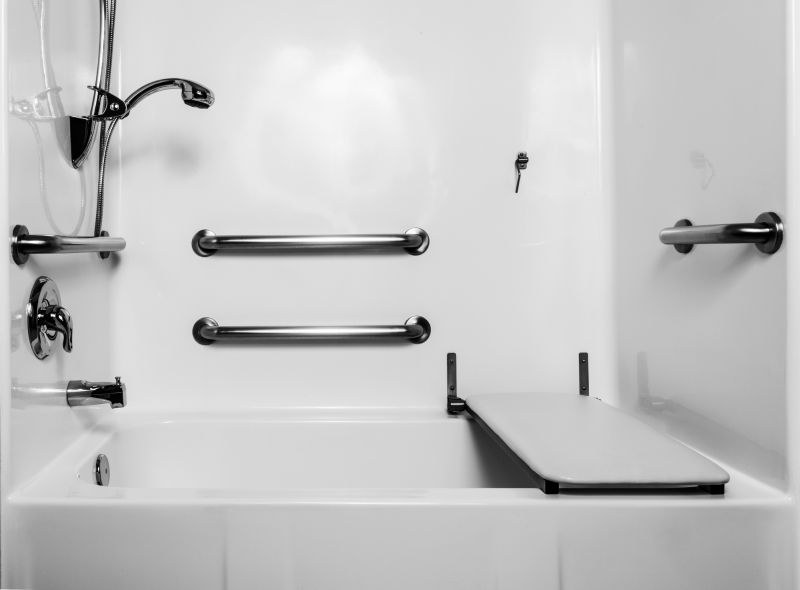
Small tweaks to make Water Treatments safer and easier to use.
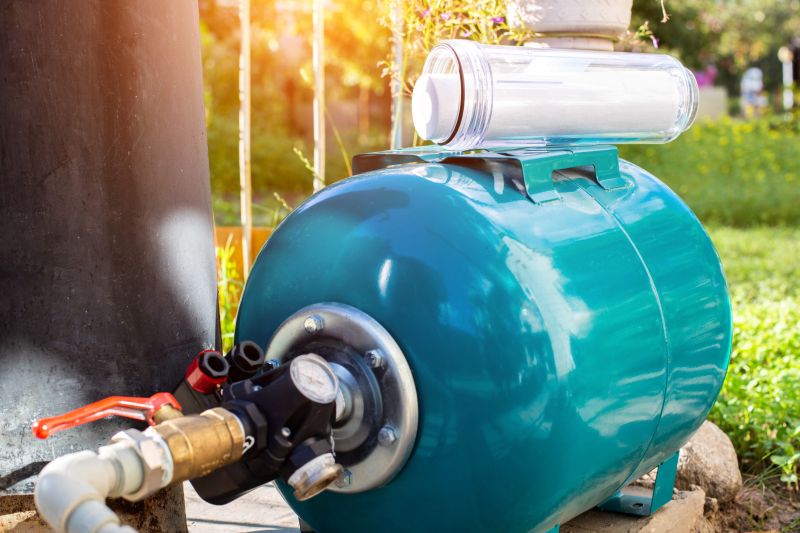
Lower-waste or water-saving choices for Water Treatments.
| Optimal Treatment Timing | Key Considerations |
|---|---|
| Spring | Prepare for increased usage and algae growth |
| Summer | Address higher microbial activity and mineral buildup |
| Fall | Prevent freezing and prepare for winter |
| Winter | Maintain system efficiency during low usage |
| Post-High Usage Periods | Remove residual buildup and contaminants |
Scheduling water treatments at appropriate times ensures optimal water quality and system performance. Regular assessments and adjustments based on water testing results help maintain safety standards. It is advisable to coordinate treatments with maintenance schedules for minimal disruption and maximum effectiveness.

The short, realistic tool list for quality Water Treatments.
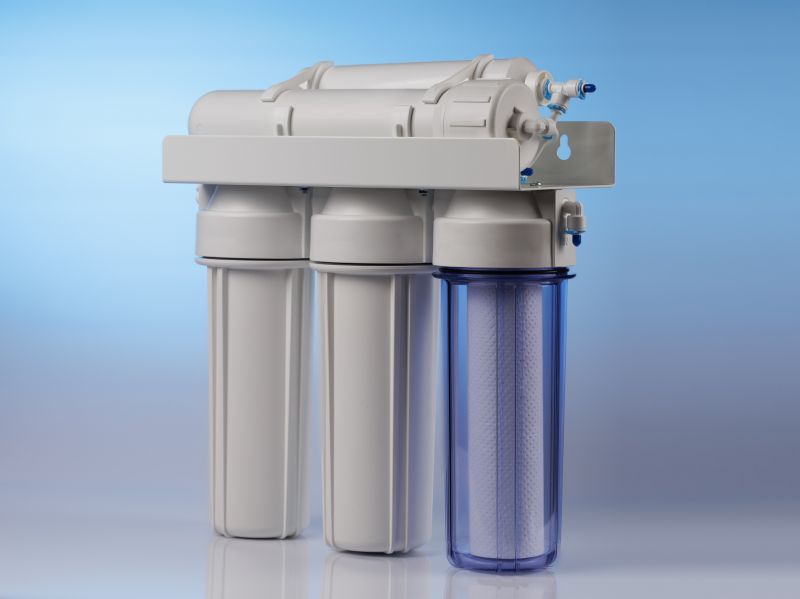
Rough timing from prep to clean-up for Water Treatments.
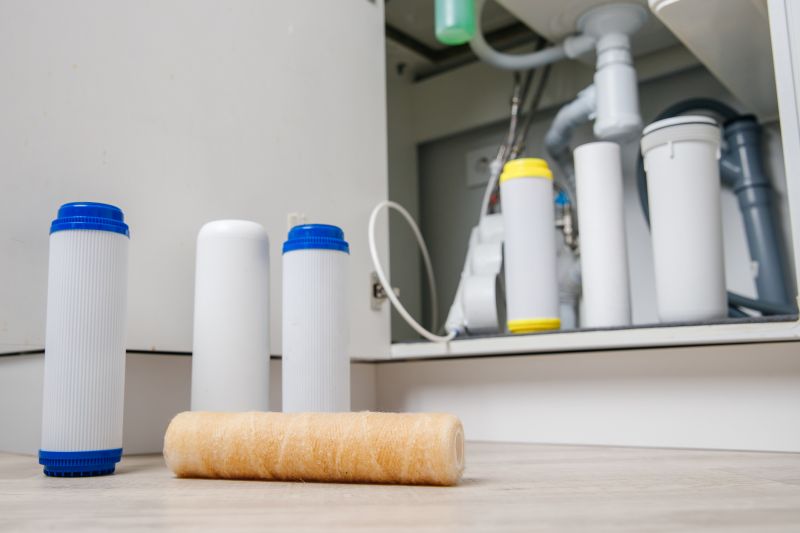
Quick checks and paperwork to keep after Water Treatments.
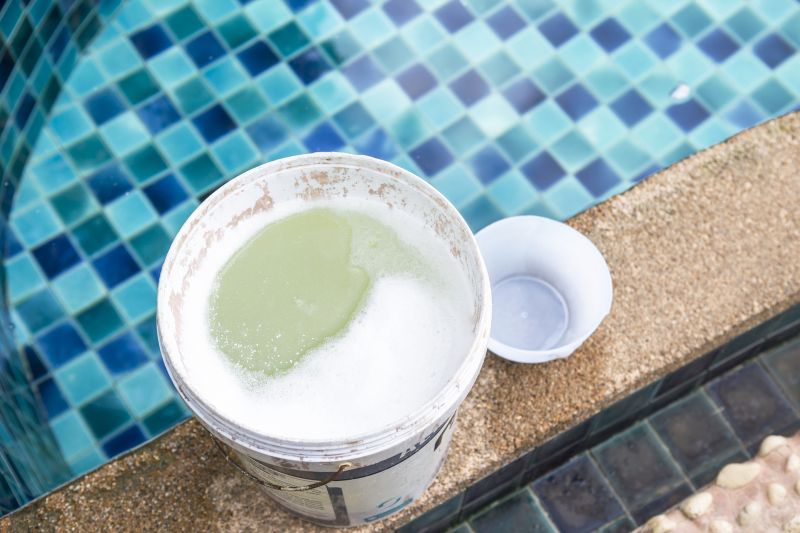
Examples that show the impact a good Water Treatments can make.
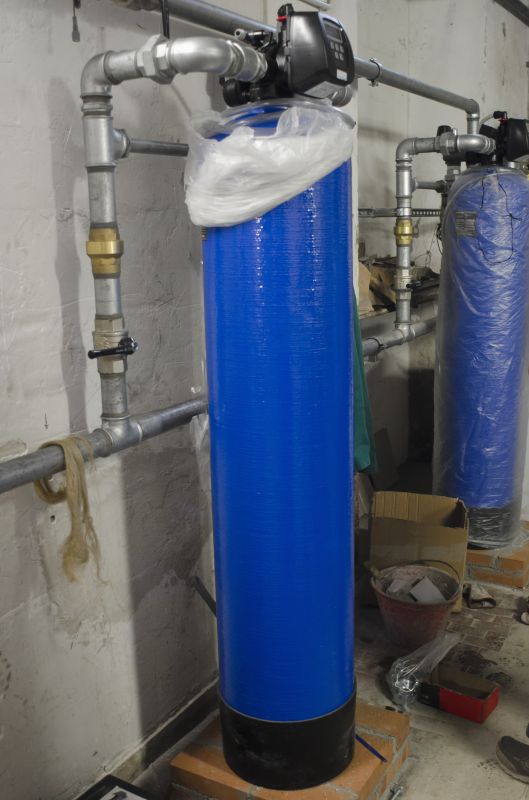
Ways to make Water Treatments work in tight or awkward layouts.
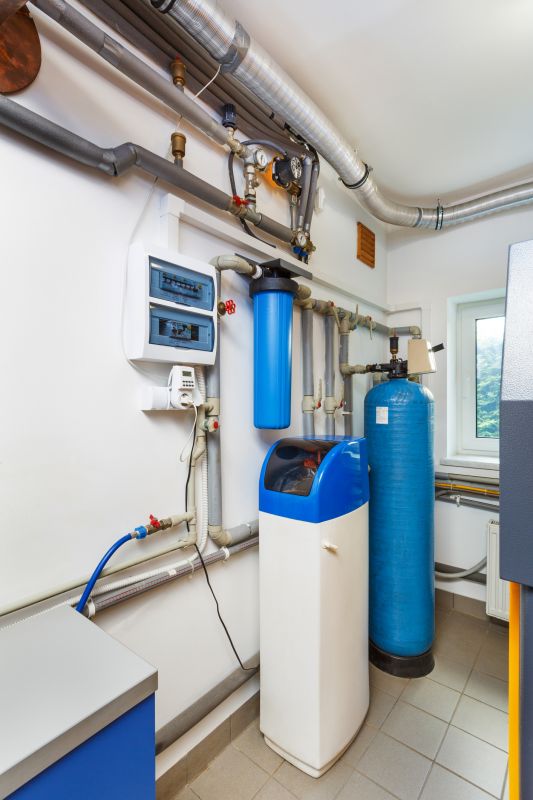
Ways to make Water Treatments work in tight or awkward layouts.
Interested parties are encouraged to contact for more information about scheduling water treatments. Proper timing and maintenance can enhance water system efficiency, reduce operational costs, and ensure water safety for all users.

